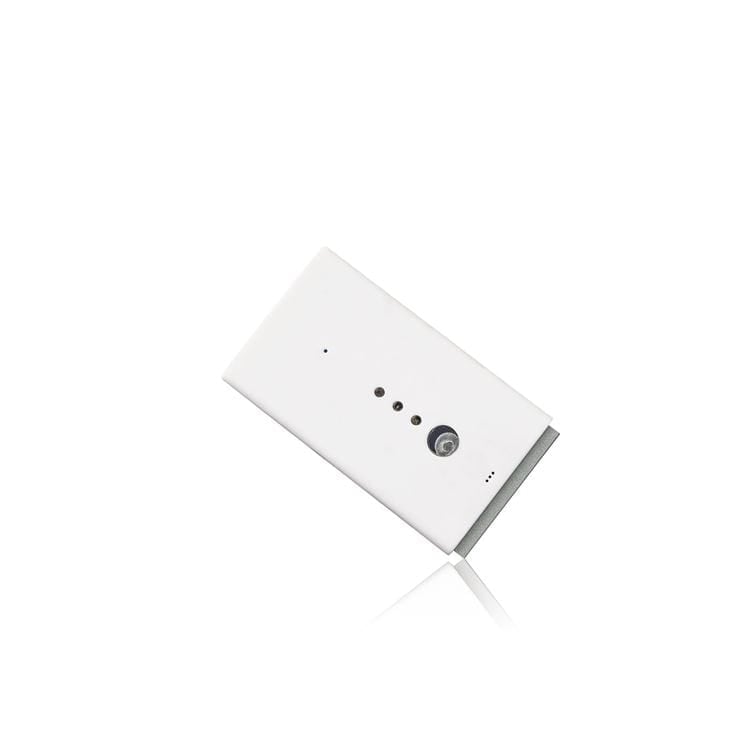Transportation
Helping you build a smart transportation solution to cut congestion and pollution

Nordic Semiconductor today announces that Lund, Sweden-based connected solutions design firm, Sigma Connectivity, has selected Nordic’s nRF9160 low power System-in-Package (SiP) with integrated LTE-M/NB-IoT modem and GPS in combination with the nRF52840 Bluetooth® Low Energy (Bluetooth LE) advanced multiprotocol System-on-Chip (SoC) to provide a broad range of connectivity options for the ‘ARDESCO’ reference design.
ARDESCO (Approved Reference Design for Ericsson and Sigma Connectivity), is designed to help enterprises developing cellular IoT solutions not only simplify and accelerate the design process and reduce development costs, but also efficiently deploy and manage devices over their complete life cycle. The reference design is suitable for a range of cellular IoT product verticals including logistics, environmental monitoring, metering, and asset tracking. The design supports Ericsson’s ‘IoT Accelerator’ suite, providing Cloud-based connectivity- and device-management out-of-the-box. Developers also have access to hardware schematics, software development tools, software libraries, and example code.

Designed for either indoor or outdoor use, ARDESCO is provided in a 45 by 80 by 12.7mm form factor, and integrates an accelerometer as well as temperature, humidity, air quality, air pressure, and light sensors. The inclusion of Nordic’s nRF52840 SoC provides the capability to develop gateway solutions that can not only connect a short-range wireless network directly to the cellular network, but also to a Bluetooth 4.0 (and later) smartphone. The combination of the nRF9160’s 64MHz Arm® Cortex®-M33 dedicated application processor, and the nRF52840 SoC’s Arm Cortex M4 processor, provides ARDESCO with the processing power to comfortably handle even the most complex and processor-intensive applications.
The nRF9160 SiP is certified for global cellular IoT applications and comprises a dedicated application processor and memory, multimode LTE-M/NB-IoT modem with integrated RF front end (RFFE), GPS, and power management in a compact 10 by 16 by 1mm package. The processor includes 1MB Flash and 256kB RAM, a range of analog and digital peripherals, automated power and clock management, Arm TrustZone® for trusted execution, and Arm CryptoCell™ 310 for application layer security. The processor communicates with the LTE modem through a BSD secure sockets API and supports the application layer protocol (for example CoAP, MQTT or LWM2M) and the application itself.
The reference design is powered by a 1250mAh battery, optimized for extended battery life thanks in part to the low power capabilities of Nordic’s nRF9160 SiP. The nRF9160 supports PSM and eDRX power saving modes. For example, in PSM mode, uploading 1 KB every 12 hours, the average current is 5.5 uA. Alternatively it can be powered or recharged via USB-C.
The nRF9160 SiP’s LTE modem supports both SIM and eSIM, offers 700 to 2200MHz LTE band support, 23dBm output power, and single pin 50 Ω antenna- and UICC-interfaces. The LTE stack layers L1-L3, IPv4/IPv6, TCP/UDP, TLS/DTLS are part of the modem firmware. Related products include the nRF9160 DK, a precertified single board development kit and the nRF Connect SDK, a software development kit which includes application layer protocols, application examples, and LTE modem firmware offered as precertified and precompiled downloads.
The nRF52840 SoC’s processor is combined with a 2.4GHz multiprotocol radio (supporting Bluetooth 5.2, ANT™, Thread, Zigbee, IEEE 802.15.4, and proprietary 2.4GHz RF protocol software) and a generous 1MB Flash and 256kB RAM memory allocation. A new radio architecture with on-chip PA provides features -95-dBm RX sensitivity (at 1Mbps Bluetooth LE), a maximum output power of 8dBm, and a total link budget of 103dBm. The SoC is supplied with Nordic’s S140 SoftDevice, a Bluetooth 5-certified software protocol stack for building long range and high data throughput Bluetooth LE applications. The S140 SoftDevice offers concurrent Central, Peripheral, Broadcaster, and Observer Bluetooth LE roles, and supports high throughput and long range modes as well as advertising extensions.
“The ability to monitor and control ‘things’ independently of location or environment is a key asset of cellular IoT, and new applications are now being enabled using Nordic’s nRF9160 SiP,” says Christian Johnsson, Business Developer, IoT Solutions, Sigma Connectivity.
“The flexibility and low power consumption of the SiP were key factors in selecting the Nordic solution for the ARDESCO reference design, but the main deciding factor was the great support, fast response time, and dedication seen from the Nordic team in this project which is paramount when breaking new ground together.”
“The main reason we chose to use the nRF9160 SiP and the nRF52840 SoC as part of the ARDESCO reference design, was mainly due to it’s versitality, low power consumption and security, which are all important aspects when offering a reference design for cellular IoT,” says Joakim Uddenfeldt, Technical Partner Manager, Ericsson. “That combined with a great support setup and easy to use development tools, made the choice easy for us.”
Helping you build a smart transportation solution to cut congestion and pollution